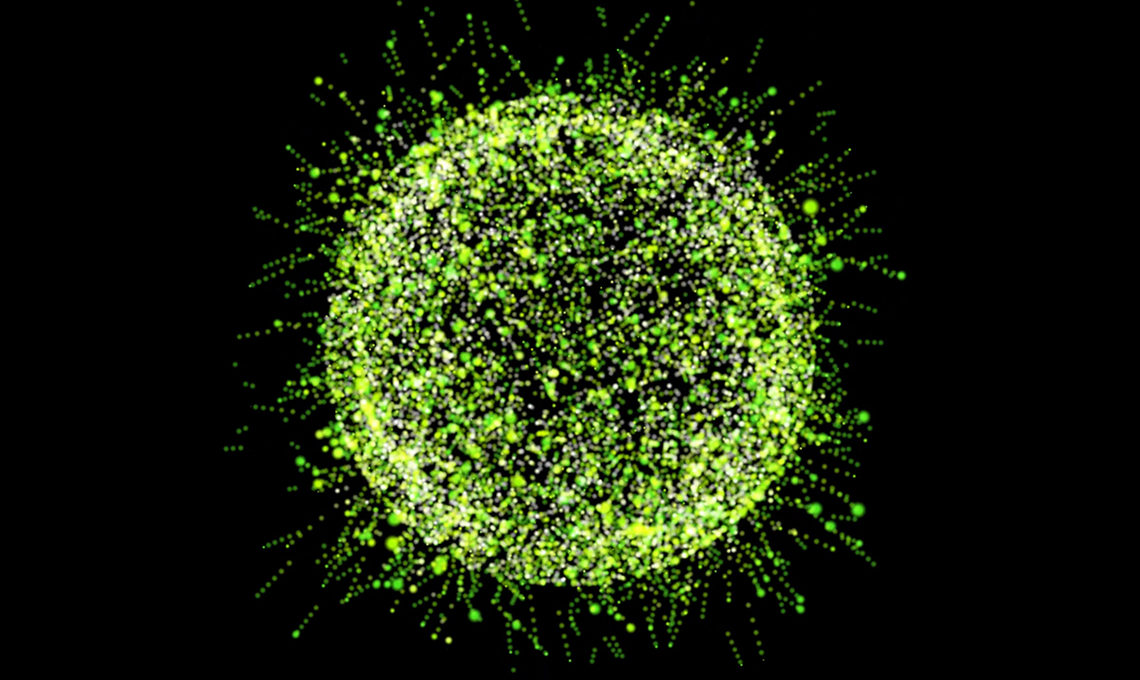
Simulating atoms for green energy
The ongoing effects of climate change and international targets to reduce emissions have led to a global focus on green materials.
In 2020, an estimated 24 per cent of Australia’s total electricity generation came from renewables. Almost every Australian state and territory is planning to have the majority of its power generation through renewables within the next two decades.
To help Australia transition to a lower emissions economy, researchers are using the Pawsey Supercomputing Centre and AARNet, Australia’s national research and education network to explore new materials for enabling more efficient green energy production.
A Griffith University chemical sciences research team, led by Dr Yun Wang, has been working with Pawsey to find new materials for solar cell and hydrogen production. The team simulated the atomic action of quantum dots. These are man-made semiconductor crystals used in the world’s most efficient solar cells. The aim of the simulation is to understand exactly how quantum dots behave when sunlight hits them.
Understanding the properties of quantum dots means simulating the probabilistic nature of nanoparticles, 1000 times smaller than the width of your fingernail. This requires enormous computing power. To solve this challenge, researchers are working with Pawsey supercomputing infrastructure and expertise.
Pawsey is providing over 1 million supercomputer core hours for this research into new green materials.
The team at the Griffith University in Queensland was able to connect to Pawsey in Western Australia via AARNet, Australia’s national research and education network. The ongoing partnership with AARNet provides researchers at universities and research institutes across Australia with high-speed access to Pawsey’s supercomputers and, for the Griffith University team, this was invaluable during Queensland’s COVID-19 lockdown.
The team was able to model the power conversion of quantum dots in solar cells, finding their power conversion efficiency was 16.6 per cent, a record in the quantum dot solar cell industry. The team is now exploring safer, lead-free alternatives for solar cells. Their work is contributing to Australia’s roadmap on low emissions, which is set to exceed the emissions reduction target for 2030, using solar as a new energy generation source.
New materials research such as this is vital to building Australia’s green energy economy.
This is an excerpt of a case study first published on the Pawsey website. Read the full case study.
For more information please contact our contributor(s):

